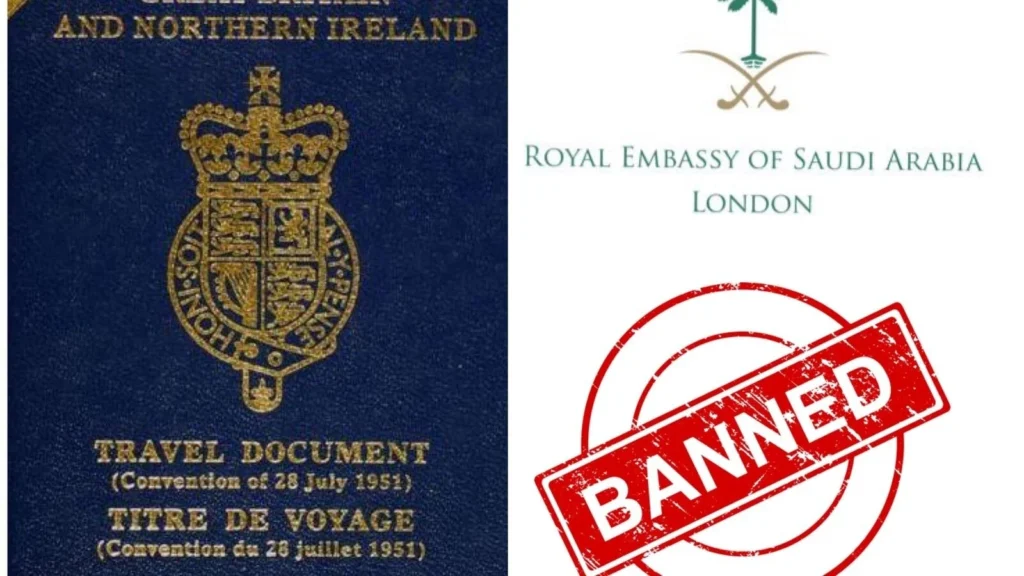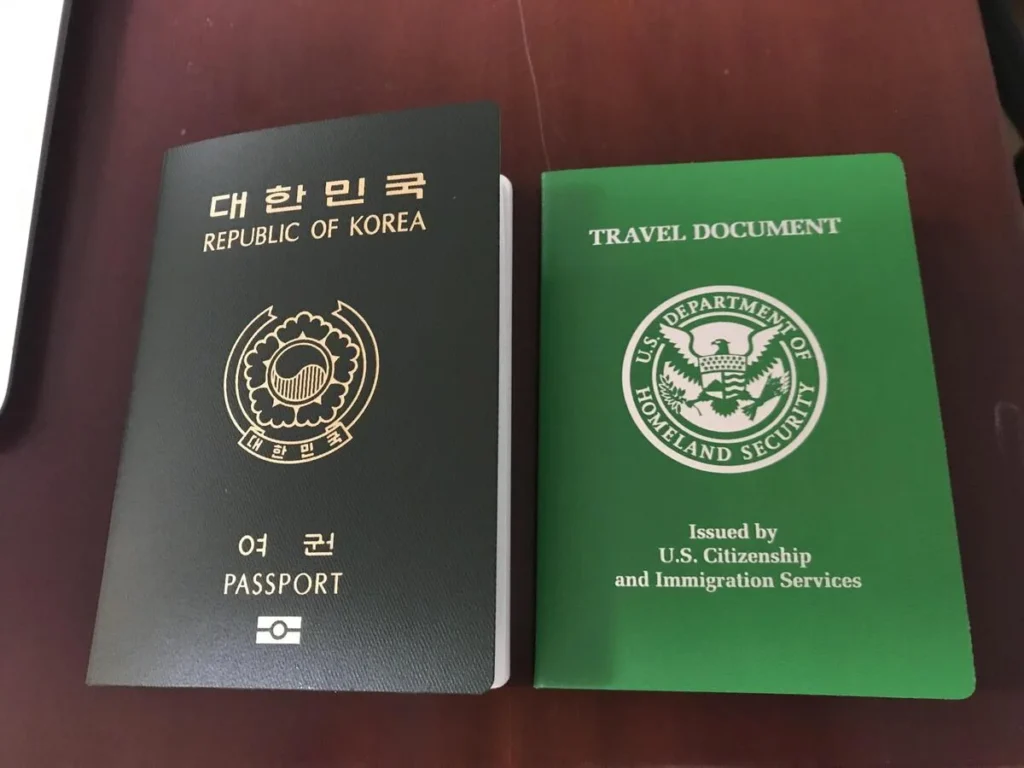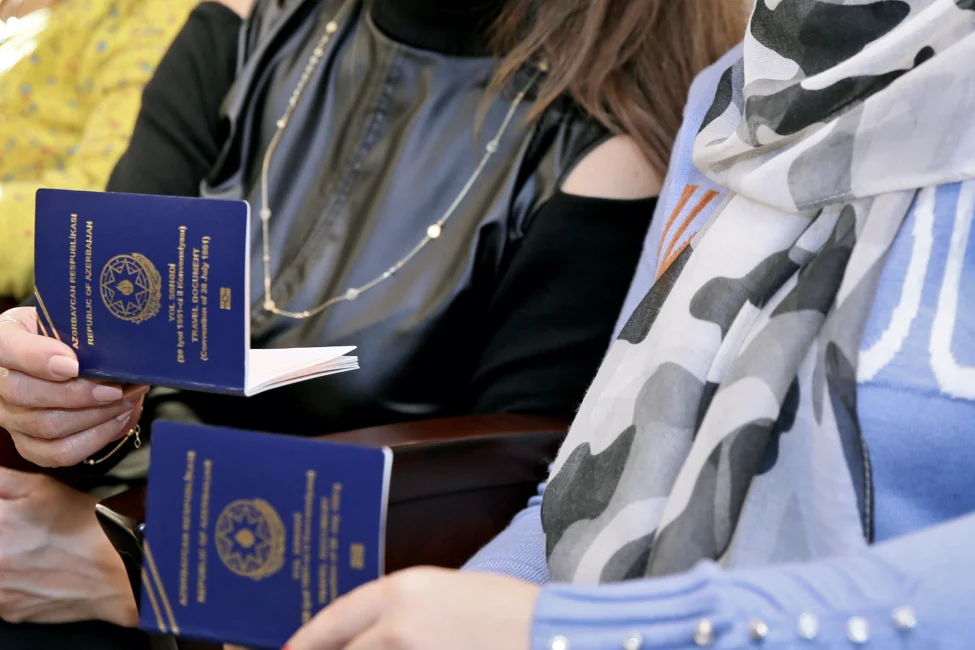A refugee travel document is a vital identification document issued to refugees who are unable to obtain a passport from their country of origin. It allows safe and legal international travel under the protection of their host country. This document is recognized globally under the 1951 Refugee Convention.
For millions who have fled conflict or persecution, this travel document offers a sense of freedom and a restored identity. It opens doors to opportunities such as education, employment, and family reunification. Without it, global movement would be nearly impossible for many refugees.
Unlike a traditional passport, this document does not reflect citizenship but legal refugee status. Its purpose is purely humanitarian, providing a legal right to mobility. In a world of closed borders, it becomes a symbol of hope and human rights.
What Is a Refugee Travel Document?

A refugee travel document is an official document issued under the 1951 Convention Relating to the Status of Refugees. It allows refugees to travel abroad and return to their country of asylum. These documents are especially vital for individuals who do not possess a passport from their country of origin.
Most countries issue this travel document in the form of a booklet, similar to a traditional passport. It includes the holder’s identity details and may feature visa pages for travel permissions. Unlike regular passports, it does not represent nationality but rather the individual’s refugee status under international law.
Refugee Travel Document vs. Passport: Key Differences

While both passports and refugee travel documents permit international travel, their purposes and authorities differ significantly.
The passport represents a citizen’s official national identity. In contrast, the refugee travel document reflects international protection for stateless or displaced individuals. It’s not tied to a nationality but to a humanitarian safeguard.
Other distinctions include
- Refugee travel documents are issued by the country of asylum, not the country of birth.
- They may limit travel to specific countries depending on political or diplomatic restrictions.
- Some countries may require additional visas, even if the holder previously had visa-free access with their home passport.
Who Can Apply for a Refugee Travel Document?
Refugee travel documents are typically issued to individuals who have been granted asylum or refugee status in a host country. These people no longer hold the protection of their home country’s government and therefore require a new form of legal identification for cross-border travel.
To apply, refugees must generally reside in the country where they were granted protection and fulfil documentation requirements, including providing photographs, biometrics, and evidence of their refugee status.
Key Benefits of Holding a Refugee Travel Document
Refugee travel documents open up essential life opportunities that extend beyond mere travel. They enable refugees to live with dignity and access crucial resources across borders.
Some primary advantages include:
- Freedom to travel internationally for work, education, or medical needs
- Reconnection with family members in different countries
- Access to humanitarian missions or resettlement programs
- The ability to prove identity in global settings
Limitations of Refugee Travel Documents
While helpful, a refugee travel document has restrictions that can affect travel freedom. Some countries may not recognize the document, leading to denied entry at borders. It’s essential to research accepted destinations before planning a trip.
Refugees are also prohibited from returning to their home country, as doing so may cancel their protected status. Additionally, the document typically has a short validity period, usually one to two years, necessitating timely renewal to avoid potential legal issues.
How to Apply for a Refugee Travel Document: Step-by-Step
Applying for refugee travel documents is a structured process that typically depends on the host country’s immigration policies and procedures. While requirements can vary, most follow a standard series of steps to ensure eligibility and proper documentation.
Steps to Apply
- Submit an official application through your country’s immigration or refugee services.
- Provide valid identity documents and proof of your refugee status.
- Pay the necessary processing or service fees as required.
- Complete biometric procedures and submit passport-style photographs.
Important documents often required:
- Asylum grant letter or refugee status confirmation
- Government-issued ID (if available)
- Proof of residence
- Passport-style photographs
- Fingerprints or other biometrics
Refugee Travel Documents Renewal and Validity
Refugee travel documents typically remain valid for 1 to 2 years, depending on the issuing country’s policy. Since they expire, renewal is essential for continued legal travel rights. Initiating the process early helps avoid last-minute complications and delays in the reapplication process.
The renewal process typically mirrors the original application, including identity verification and updated documentation. It’s advised to begin renewal at least two months before the expiration date. Timely action ensures uninterrupted mobility and sustained protection for refugees.
Conclusion
A refugee travel document is more than just a piece of paper; it’s a legal pathway for displaced individuals to regain freedom and access opportunities. It helps bridge the gap between protection and progress, allowing refugees to reconnect with the world.
Its importance lies not only in international mobility but also in restoring dignity and identity for those who have lost both. With this document, refugees can travel for urgent needs such as medical care, education, and family reunification without fear.
However, refugees must use the document responsibly by understanding its limits. Avoiding travel to the home country and respecting visa regulations ensures their legal safety and continued protection under international law.










